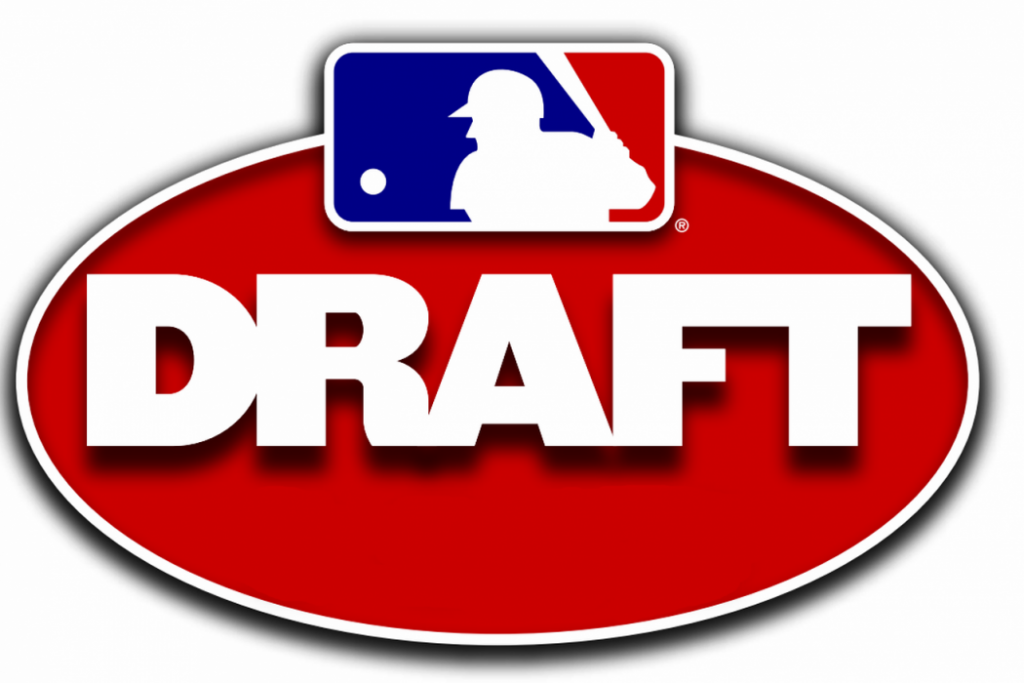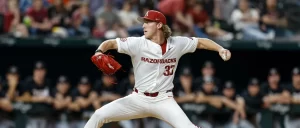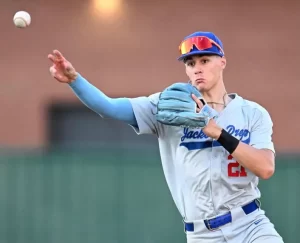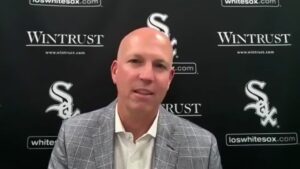Will Mike Shirley signal a change in White Sox draft strategy?

via MLB PR
Most of the discussion about the 2020 MLB Draft has been about the unusual five-round format. Rightly so, but as the draft nears, the focus is starting to shift to the actual draft.
There is some normalcy in this. We’ve been running draft profiles for the past couple weeks and will have our bases covered come draft day.
However, even within that normalcy, there is some significant change in the White Sox draft room this year. Mike Shirley is the new amateur scouting director, which makes him the head honcho of the draft.
Nick Hostetler moved to a new role within the organization after running the draft from 2016-2019. Shirley has the unenviable position of his first draft as scouting director being the weirdest one maybe ever. There are only five rounds and different signing rules and strategy.
Shirley talked to Chicago media on Tuesday about draft prep. He didn’t tip his hand as to any sweeping changes from how things were done before.
The book on Hostetler isn’t even totally decided with only his 2016 pick, Zack Collins, having a chance to reach the majors so far. At the top of the draft there wasn’t much of a philosophical change. Hostetler picked four college hitters in the first round (Collins, Jake Burger, Nick Madrigal, Andrew Vaughn). However, he did prove to be slightly more aggressive at drafting high school players in later rounds. That culminated in the selections of Matthew Thompson and Andrew Dalquist in the second and third rounds, respectively, last year.
Shirley said they have a group of 15 players, in order, they are looking at for the 11th pick. He also said this is a deep pitching-heavy draft, especially in terms of college pitching.
James Fox made the argument for the White Sox to go against recent trends and draft a high schooler in the first round. Shirley didn’t tip his hand either way, sticking to a typical “best player available” mantra when talking to reporters.
In one sense, there is potentially more motivation to get sure things with just five rounds to work with. A sure thing is relative of course. There are so few sure things in the MLB draft. On the flip side, from a save-your-own-ass standpoint, there is a built-in excuse for scouting directors if they get it wrong in 2020. They didn’t have as much evaluation time with college ball not reaching conference play and high school ball not even starting in many states.
If ever there was a draft to shoot for the moon on a risky pick you think has upside, this is the year. From the White Sox perspective, they don’t have a top five pick like the last two years and the major league team appears ready to shift from rebuild mode to contending mode.
On top of Shirley’s philosophy, there’s the question of how much of a final say he actually has, at least in the first round or two. The Athletic’s Keith Law made a comment about this in a Q&A chat on May 28.
“The draft strategy there has always been set from above,” Law wrote. “I don’t think that has changed – and if they’re on prep guys I would bet on it happening in rounds 2-3 rather than round 1.”
Shirley was asked about working with Rick Hahn and Kenny Williams during the draft and made a politically correct statement.
“I think I work for a team and that’s what I’ve always wanted to work for,” Shirley said. “I’m a team guy. I think we’re all working hard at this. Rick has been great with me. He’s given me the capacity to keep my brain open in terms of attacking parts that I feel like are significant pieces for us and he’s not put any constraints on me.”
If Shirley could potentially be overruled, maybe we won’t see a different general strategy from the White Sox. How true that is remains to be seen, and any significant oversight likely only applies to the first round or two.
We’ll have to wait and see if and how Shirley changes the profile of players the White Sox draft. It does sound like they will be more analytical. Shirley talked about the extra data and resources teams have, which will come in handy with fewer games to evaluate players.
“The analytical dive you can make on these guys today is substantial,” Shirley said. “The resources we have to evaluate these players is different from 1995 or the past. You have so many more pieces that you can look at and the White Sox were very active in those arenas as well.
“We feel like we are on par with all the other 29 clubs to make data a big part of this and we’re ready to attack that as well.”
The White Sox have taken steps to catch up in data/analytics in recent years and Shirley seemed to acknowledge that.
He also talked about how to balance talent vs. makeup when evaluating players. It’s a worn out topic, but his answer could be a slight tell of his tendencies.
“We are looking for the talent,” Shirley said. “The makeup is a huge piece of it, but it doesn’t always change the presentation of the player on the board. We put them in order based on their abilities of what we think their major league role fits the best on the board. Once you get the selection obviously you feel that player has questions and Player A or Player B, if A has equivalent talent, but better makeup, you’re always going to lean towards Player A, but as we all know, you’re going to have to take some risks in this business to be successful. People and humans are not perfect and baseball players fall into the same category.”
We’ll know a lot more about Shirley a week from now when the draft has passed and he has gone on record about the players the White Sox drafted. Until then, it’s all just speculation.
Want to know right away when we publish a new article? Type your email address in the box on the right-side bar (or at the bottom, if on a mobile device) and click the SUBSCRIBE button. Our list is completely spam free, and you can opt out at any time. Also, consider supporting FutureSox on Patreon! You will get early access to special articles and Patreon-only posts, in addition to more benefits. Shop our exclusive merchandise! Show your support with the latest FutureSox apparel.








1 thought on “Will Mike Shirley signal a change in White Sox draft strategy?”
Comments are closed.